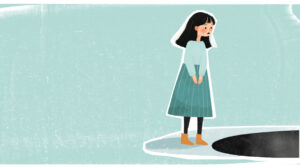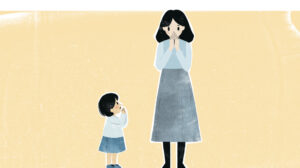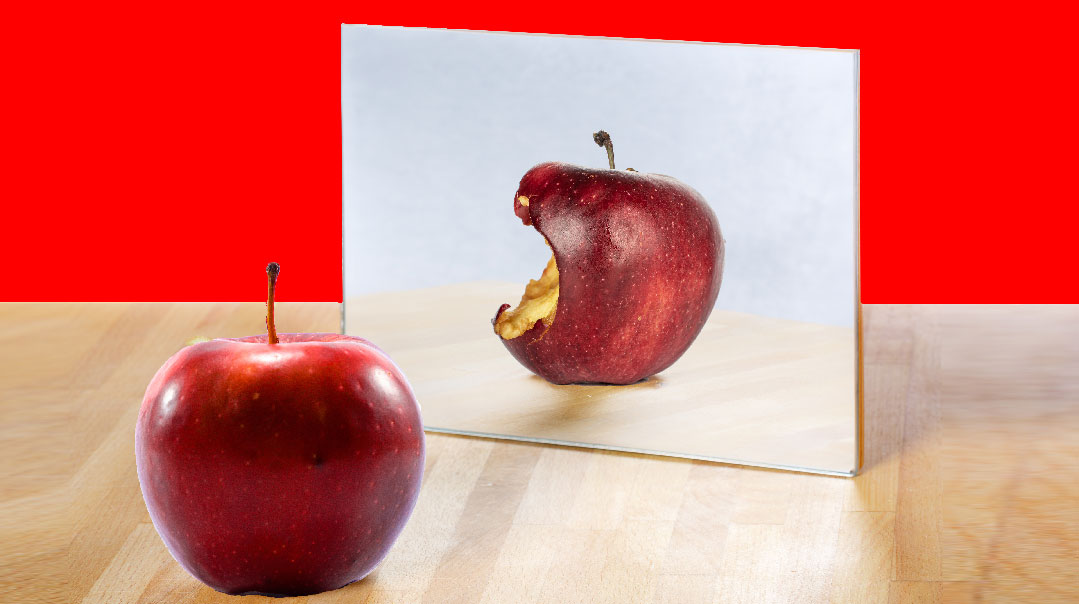Quiet People in a Noisy World

On Purim, Esther Hamalkah reminds us of the strength that lies in silence

We live in a world that prefers bubbly rather than reserved, talkative over quiet. Which means that extroverts tend to take center stage. But on Purim, Esther Hamalkah reminds us of the strength that lies in silence.
"We’re downsizing the bar mitzvah,” my best friend says. “It’s going to be just immediate family.”
I try to sound disappointed. I’m glad we’re on the phone and not face-to-face, because an enormous grin splits my features. Great! I think. I don’t have to go to a simchah! I love my friend, and I love her son, but as an introvert, I believe the best social gathering is one that’s been canceled.
It’s not that introverts are against being social; we’re just pro-solitude.
Extroverts recharge their batteries with novelty, adventure, and by interacting with others, while introverts find all that overpowering. Predictable situations, time alone, and one-on-one social interactions energize us. We’ll go to social events when we have to, and may even enjoy them, for a little while. Then we need to recharge with a big dose of alone time.
“For introverts, who have a high level of internal activity, anything coming from the outside raises their intensity level index quickly. It’s kind of like being tickled — the sensation goes from feeling good and fun to too much and uncomfortable in a split second,” writes Dr. Marti Laney in The Introvert Advantage: How to Thrive in an Extrovert World.
What Each Craves
The brain’s reward center — the part that feels the satisfaction of getting something we want — lights up more strongly in extroverts, reports Dr. Laney. The rush of excitement extroverts get from highly stimulating situations, like novel or risky events, feels good to them.
Introverts are overwhelmed by that level of excitement. Research has shown they even salivate more than extroverts when tasting a drop of lemon juice.
These differences have been documented in four-month-old babies. The higher an infant’s heart rate, the more widely dilated his eyes, the tighter his vocal cords, the more stress hormones in his saliva, the more likely he is to become a quiet and reserved teenager — i.e., an introverted teenager.
In extroverts, stimulation travels on a short pathway in the brain that runs through the areas where taste, touch, sight, and hearing are processed. When excited, their brains shunt more blood to the regions that handle emotion. In introverts, stimuli are processed along a complex pathway that winds through areas of the brain that deal with memory, suppression of urges, and planning and solving problems.
In other words, a little bit of stimulation goes a long way in the introverted brain. We focus on our inner life, on our thoughts and feelings. Susan Cain, who became the poster girl for introverts with her book, Quiet: The Power of Introverts in a World That Can’t Stop Talking, and with her TED talk that’s been watched by 13 million people, expressed the introvert’s axiom: “Nothing’s more exciting than ideas.” Extroverts need challenges and adventures to get the same level of satisfaction that introverts get by just thinking, and are often bored by an introvert’s greatest pleasures.
Extroversion/introversion is one of the “Big Five” traits supposedly measured by the Myers-Briggs Personality Assessment Test, administered to around two million Americans every year by employers, colleges, and government agencies.
Our levels of introversion or extroversion have an enormous effect on our lives, from our language to our risk-taking behaviors to our mental health and happiness.
Oops! We could not locate your form.













